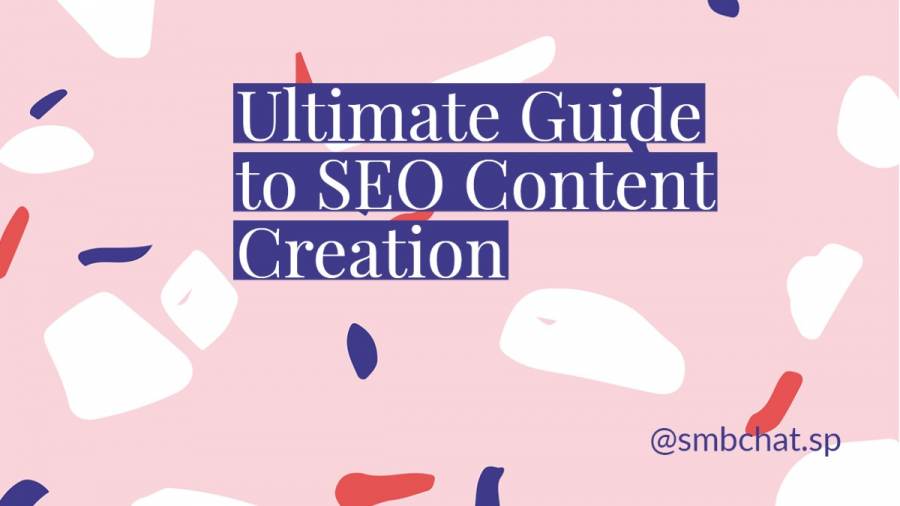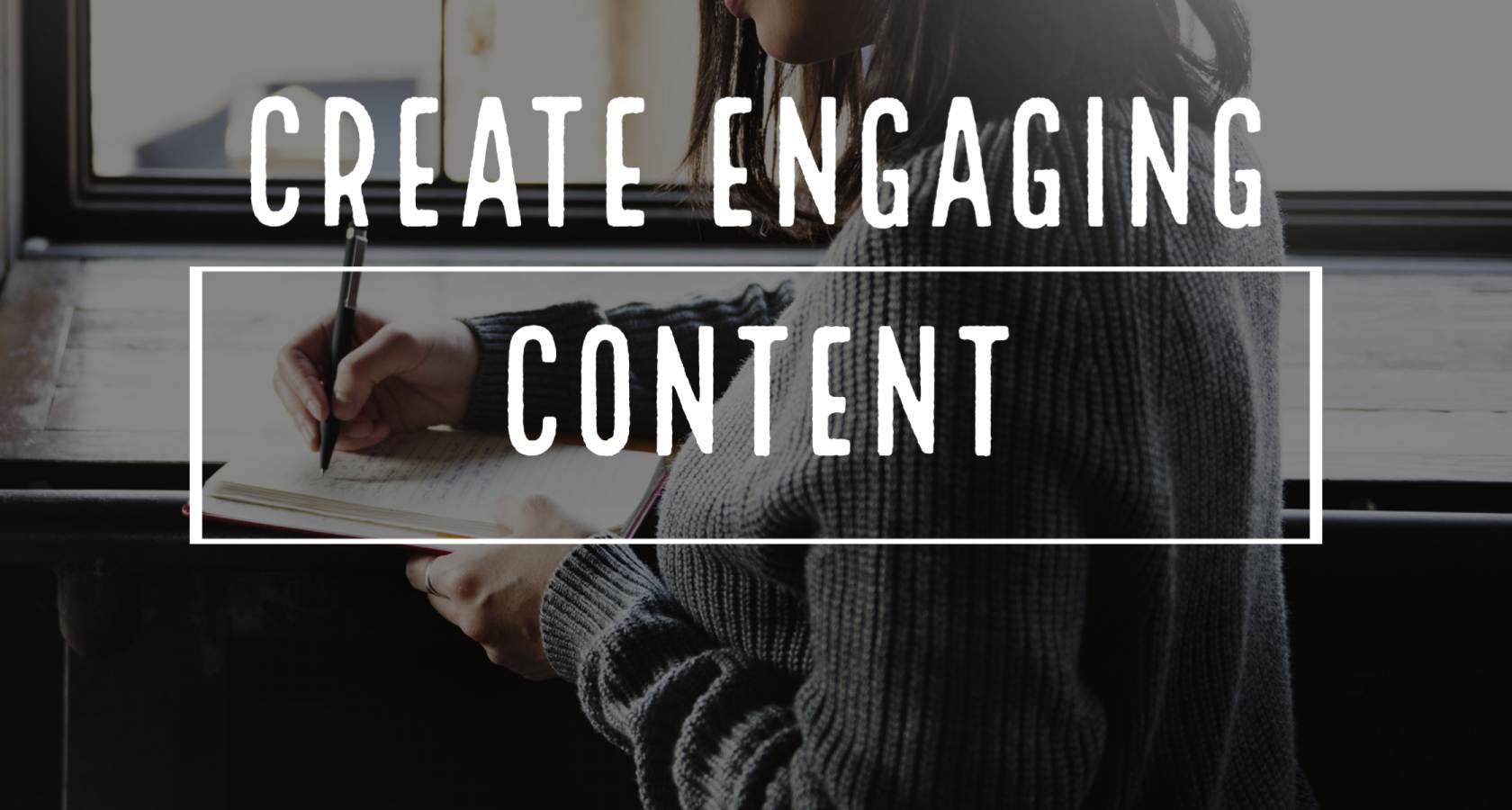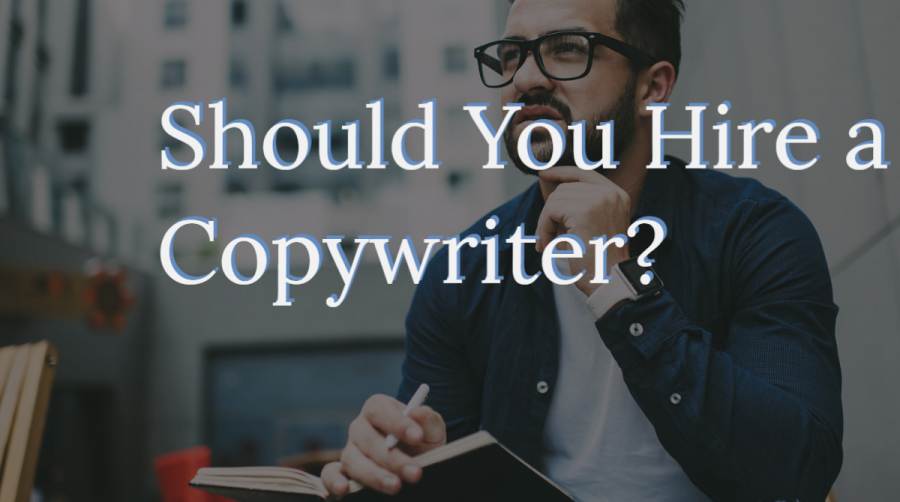The Art of Grant Proposal Writing: A Comprehensive Guide
Running a financially unstable organization is scary. Nonprofit leaders feel this pressure the most and are often caught up in seasons of looking for additional revenue to fund different projects.
For these organizations, grant writers represent great hope of getting funding through a well-written grant proposal.
The opposite is also true.
Instead of getting proposals that attract funding, these organizations may receive proposals that make them look unserious, sending them into cycles of financial difficulty.
What is Grant Writing?
Grant writing is the process of writing proposals for an organization to apply for funding from financiers. Grant proposals sometimes request in-kind support, such as equipment, property, land, etc.
Grant writers only control some of the factors in securing funding. Still, writers able to present your organization's needs in a well-written, convincing format improves your chances of getting funding.
While this kind of writing makes up the bulk of grant writing, it also involves crafting an effective grant proposal, connecting with funders, meeting deadlines, and gathering data on how previous grant money was used.
How to Write an Effective Grant Proposal
A compelling proposal has these components:
Statement of Need
The statement of need answers three questions: who is the problem affecting? Where is the problem, and why is solving the problem essential? The writers must answer these questions clearly and compellingly.
More importantly, it must tie the project's needs to the grantor's funding priorities. You can find out the priorities of your grantmaker by researching their foundation.
Dive into information on their website about causes they support and news stories showcasing their achievements.
In-depth research will prevent you from pitching to grantors that may never find your cause useful for their foundation goals.
Executive Summary
Your organization's overview should explain who you are, what you do, and the people who work for you and how they'll help in the mission.
An organizational chart helps present this information clearly.
Your executive summary should also focus on expected results and why the grantor should consider you among scores of applicants.
Clear Format
Avoid a situation where grant reviewers have to read unclear prose. Your safest bet is to create a format with sections and a table of contents if your proposal is lengthy.
Basically:
- Introduction: An explanation of the problem and research
- Organizational Description: Who you are and how that qualifies you to solve the problem
- Project Narrative: Include methods and procedures
- Goal and objectives: Measurable objectives for the project
- Personnel: People involved in the project
- Timeline: Time details
- Budget summary: Figures on how to spend the money
- Reporting: Grant summary, results, impacts, lessons learned, etc.
These headlined sections act as signposts as your reviewer goes through the proposal.
Funding Impact
Financiers view every grant as an investment. They'll want to see the impact the finances will make before handing you the money or in-kind gifts.
To do this, the writer must present past projects and prove that previous funds have been utilized to meet their intended project goals.
It's especially helpful if you can show specific people and the impact previous initiatives have had in their life.
Another important addition is being clear on outcomes you hope to gain with the funds –how people's lives will change because of it so that grantors see a valid reason for implementing the project.
A Presentation of a Single, Detailed Project
Now that you've shown the potential impact of your project, what's the roadmap for ensuring you'll get there?
Most grants are awarded to clearly presented causes and not a general request for funding. Ensure you focus on one project because it's easier to prove how the money will be used.
Include a well-thought-out research-backed plan with achievable goals. Even better, include timelines for achieving small milestones.
Clear Language Suited to the Audience
Language can turn off your readers or endear you enough to read it from start to finish. Clarity is very helpful in making the proposal easy to read.
It's even more useful in maintaining the reader's attention if you use clear language to tell a story.
This story will also help you to showcase the return on investment you've had over the years. To a large extent, it shows that you're committed to the course and believe it's important.
Ideally, does your pitch communicate why the world needs you, and is the answer supported by well-known criteria for measuring worthwhile causes?
Collaboration with Program Directors
Program directors deeply understand the initiative the organization wants to implement.
This knowledge can help grant writers write a better proposal backed by important program facts.
For example, presenting past wins and how they were achieved is vital to include in the proposals.
Directors involved in those programs can provide details unrecorded details that help tell a story of how far the organization has come.
Evaluation Method
Presenting your objectives should be backed by clear methods of measuring success and outcomes.
Provide details on the metrics that will determine the effectiveness of the project.
There are two main criteria to evaluate goal progress.
You can use activity metrics to determine if your actions are getting you closer to your goal. In contrast, outcome metrics can help you understand if you are getting the results you expected according to allocated timelines.
Closing Thoughts
There's such a thing as balance in grant proposal writing. An overly ambitious application is a common fatal proposal writing mistake.
However, you can skip the mess by looking for reputable grant writers. Skilled writers understand more than written content and how it tells a logical story. These four places are a good place to find grant writers.
They can structure responses, appeal to emotions by telling a gripping story, and back up the story with hard-to-refute data.
More than that, they can gauge the chances of winning and focus on crafting an application that matches the opportunities.
If you're lucky enough, you can find a writer who can maneuver every part of the grant cycle, including targeted research, building relationships with grantors before applying, application drafting, and reporting.
Want compelling copy to increase SEO traffic to your website? Zoey Writers can help you turn reluctant web users into loyal customers.
Alternatively, check out these guides for more useful resources.
- Nonprofit Content Creation and Marketing: How a Content Marketing Team Helps You Win More Support
- Inspire, Inform, and Impact: Email Marketing for Nonprofits (Tips + Best Practices)
- Beyond Likes and Shares: 8 Benefits of Social Media Marketing for Nonprofits
Photo by Daniel Thomas on Unsplash. Thank you Daniel!

















